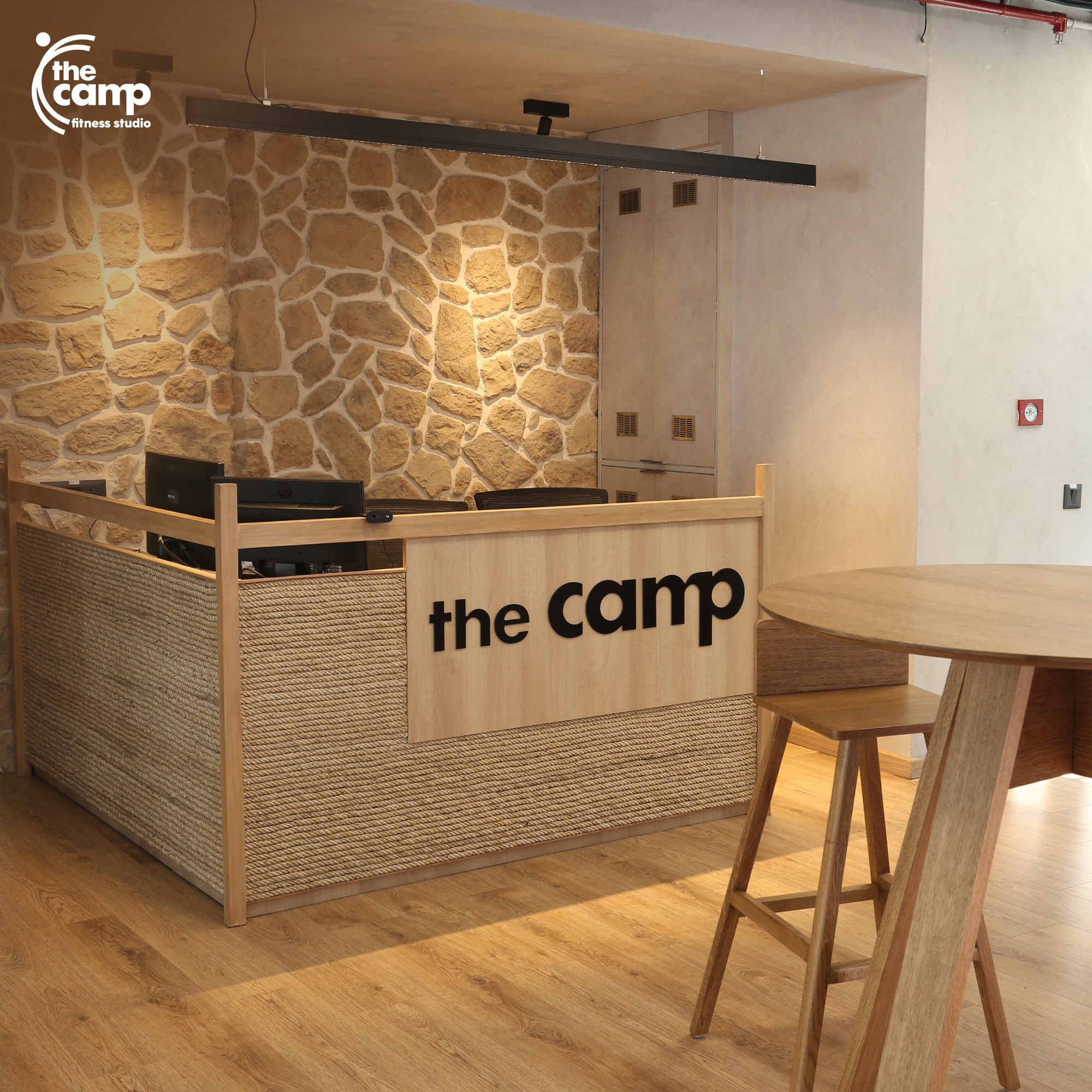Fitness at any Age: How to Work Workouts Your 30s, 40s and Beyond
The 20s are the best with full seriousness, fun, and partying, and considering that regular exercise is just another responsibility of the body would hardly get you to the thought of decomposing fitness plans to see a gradual transformation from shape to sag after the age of 35. Maintaining fitness even in old age has been a mantra since the oldest times; one must modify the exercise as per their old age and condition to achieve strength, flexibility, and endurance with a serious approach.The 30s-Key To Building The Foundation
A 30s person is an overworked soul in business or career, with wife and kids around, and hardly any time to relax. It is also a decade downhill for metabolism; thus, fitness is increasingly becoming a necessity.
Workout Highlights:

Strength Training:
At least 2 to 3 days of weight training a week will keep the muscles strong and bones fortified.
Cardio:
Moderate cardio like cycling, running, and swimming to maintain the strength of the heart muscles.
Core Workouts:
Good to strengthen the core that protects posture and prevents injury.
Pro Tips:
It is more about frequency than intensity. A few 30-minute workouts can be sustained for many years.
Fitness In The 40s: Focus On Balance And Flexibility
The 40s can be tough on the weight since the body changes increasingly, and demanding schedules make it more difficult to stay focused. Muscles lose mass gradually, and joints begin to stiffen.
Focus At The Gym:
Cardio-Low Impact:
Cardio-low impact activities, such as brisk walking and cycling, are less harmful to the joints but maintain cardiac fitness.
Strength and Resistance Training:
Functional exercises such as squats, lunges, and resistance bands should be practiced to assist in everyday movements.
Flexibility:
Yoga and stretching reduce muscle tightness, improve posture, and reduce stress.
Pro Tip:
Never skip warm-up and cool-downs; they protect your muscles and joints like no other.

Fitness In The 50s And Above: Staying Active For Longevity
In your 50s and above, fitness revolves around easy mobility and the prevention of age-associated health conditions. At this point, fitness is no longer about getting out there and running fast; it is all about activity, movement, and remaining pain-free.
Fit-Good Workout Focus:

Strength Training:
Workouts with light weights or with body weight help in maintaining bone density and mass.
Balance Exercises:
Tai Chi, Yoga, or standing on one leg are great exercises for improving stability and reducing the risk of falls.
Cardio-Low Impact:
These exercises, like walking, swimming, or dancing, keep the heart strong and lift the spirit.
Mobility Work:
Gentle foam roller exercises and stretching are essential for joint health.
Pro Tip:
Listen to the body; it takes longer to recover now, so take rest days as seriously as workouts.
The Bottom Line
Fitness is not one size fits all. You can keep reworking your aerobics with age onward to now into the 30s, 40s, and 50s-to be strong, vibrant, and confident at every step. Remember, Age does not slow down your body; it is only your quitting on it by exercising that slows the body. So stay consistent, keep alert, and let fitness be your friend forever.
Fitness has no age limit
As we age, fitness needs evolve, making it essential to adapt workouts to each stage of life. In your 30s, focus on building strength, endurance, and consistency to maintain energy and prevent early muscle loss. Entering your 40s, prioritize joint health, flexibility, and balance alongside strength training, since metabolism slows and recovery takes longer. Beyond 50 and onward, gentle but effective exercises like walking, swimming, yoga, and resistance training help preserve mobility, bone health, and cardiovascular strength. No matter the age, consistency, proper recovery, and listening to your body remain the keys to long-term fitness.
Contact Camp Fitness Studio
Address:
9, Lala Lajpat Rai Sarani, 2nd Floor, Kolkata - 700020
Phone:
033 35474695 / 033-35474696
Email:
info@camphealth.co.in
Join Now:
www.camphealth.co.in

